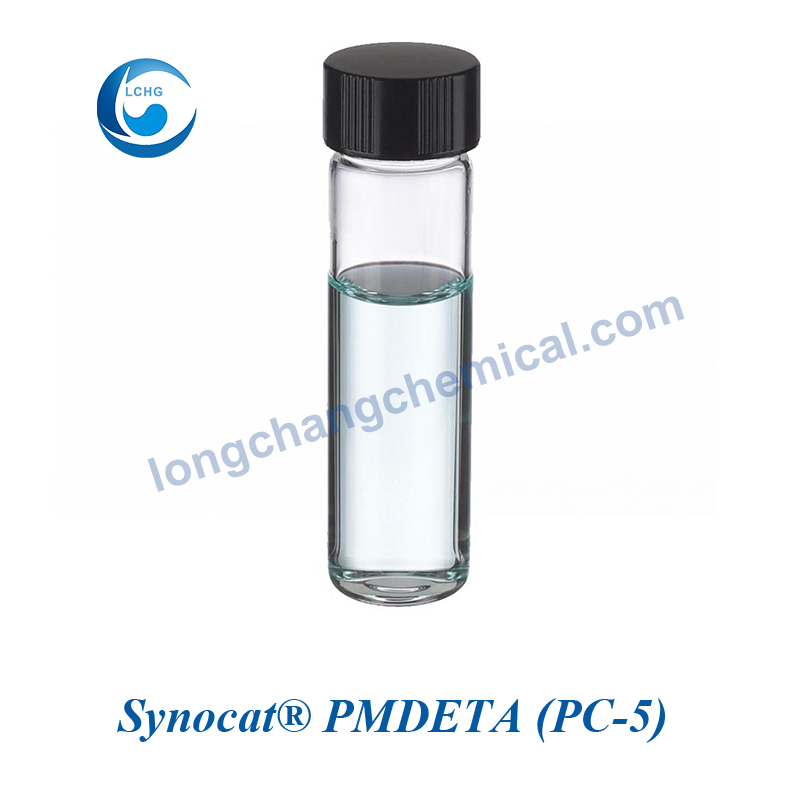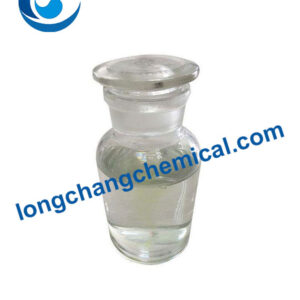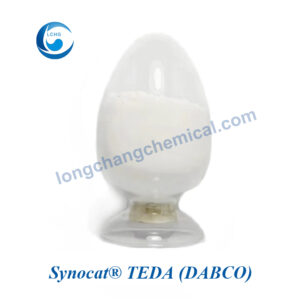Description
Polyurethane Flexible Foam Common Problems and Solutions
1、High closure rate
(1) Polyether polyol: high proportion of ethylene oxide, high activity, more occurring in the replacement of different activities of polyether polyol.
(2)Technological formula: the dosage of stannous octanoate is high, the activity of isocyanate is high, the cross-linking degree is large, the cross-linking speed is fast, too much amine and physical blowing agent cause the foam internal pressure is low, the foam elasticity can not be opened when the foam is large, the TDI index is too large, will also lead to the high rate of closure of the holes.
2、Shrinkage(gel speed is greater than foaming speed)
(1)High occlusion rate, shrinkage when cooling.
(2) process conditions: low temperature, low material temperature; (3) process conditions: low temperature, low material temperature; (4) process conditions: low temperature, low material temperature; (5) process conditions: low temperature, low material temperature.
(3) Process formula: excessive silicone oil, excessive physical blowing agent, TDI index is too low.
3、Internal crack
(1) Process conditions: low temperature, high temperature of reaction centre; (2) Process formulation: too much silicone oil, too much physical blowing agent, too low TDI index.
(2) Technological formula: low TDI index, more tin, high early foaming strength.
(3) High activity of silicone oil, low dosage.
4, top crack (hair gas gel speed imbalance)
(1) process conditions: low temperature, low material temperature; (2) process conditions: low temperature, low material temperature; (3) high activity of silicone oil, low dosage.
(2) Process formula: insufficient amount of catalyst, low amount of amine, poor quality of silicone oil.
5、Bottom corner crack (too much amine, too fast foaming)
Large holes on the surface: the amount of physical blowing agent is too large, the quality of silicone oil and catalyst is poor.
6、Poor low temperature performance of foam
Poor intrinsic quality of polyether polyol, in the same hydroxyl value, low functionality, large degree of unsaturation, the same amount of tin, low TDI index.
7, poor ventilation
(1)Climatic conditions: low temperatures
(2) Raw materials: high polyether polyol, high silicone oil activity.
(3) Process formula: more tin, or tin with the same amount of water and amine content is less, TDI index is high.
8, poor elasticity
(1) raw materials: polyether polyol activity is high, the relative molecular mass is small, high silicone oil activity; (2) process formulation: more tin, or tin dosage of the same amount of water and amine content is small, TDI index is high.
(2) process formula: large amount of silicone oil, more tin, more water in the same amount of tin, TDI index is high.
9, poor tensile strength
(1) raw materials: low molecular polyether polyol too much, with the hydroxyl value of low functionality.
(2) process formula: tin less gel reaction is not good, in the same amount of tin, TDI index is high, less water crosslinking degree is low.
10、Smoke when foaming
Excessive amine to promote the reaction of water and TDI release a lot of heat, low boiling point material evaporation and smoke. If it is not burnt heart, most of the smoke is composed of TDI, low-boiling point substances and monomer cycloalkane in polyether polyol.
11、Foam with white rib
Foaming and gel reaction speed is fast, in continuous foaming in the transfer speed is slow, local extrusion and generate dense layer, resulting in white rib phenomenon. The transfer speed should be improved in time, or the material temperature should be lowered, and the amount of catalyst should be lowered.
12、Foam crispy
There is more water in the formula, the generated diurea is not dissolved in silicone oil, the tin catalyst is used poorly, the cross-linking reaction is not sufficient, the content of small relative molecular mass polyether polyol is too high, the reaction temperature is too high, and the ether bond breakage reduces the strength of the foam.
13、Foam density is lower than the set value
Foaming index is too large due to inaccurate measurement, high temperature and low air pressure.
14、Foam has bottom skin, side skin, bottom step cavitation.
More tin, less amine, slow foaming speed, fast gel speed, too low band temperature in continuous foaming.
15、Elongation rate is big
(1)Raw material: polyether polyol with high activity and small functionality.
(2) process formula: TDI index is low crosslinking insufficient, more tin, more silicone oil; (2) process formula: TDI index is low crosslinking insufficient, more tin, more silicone oil.





